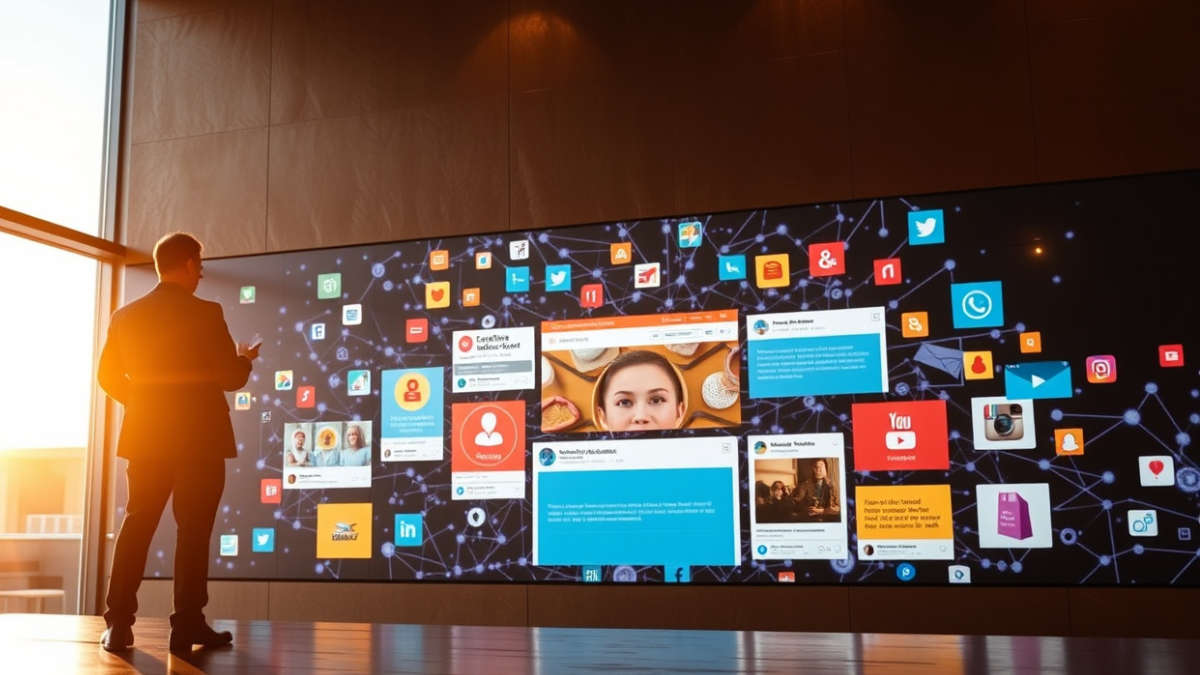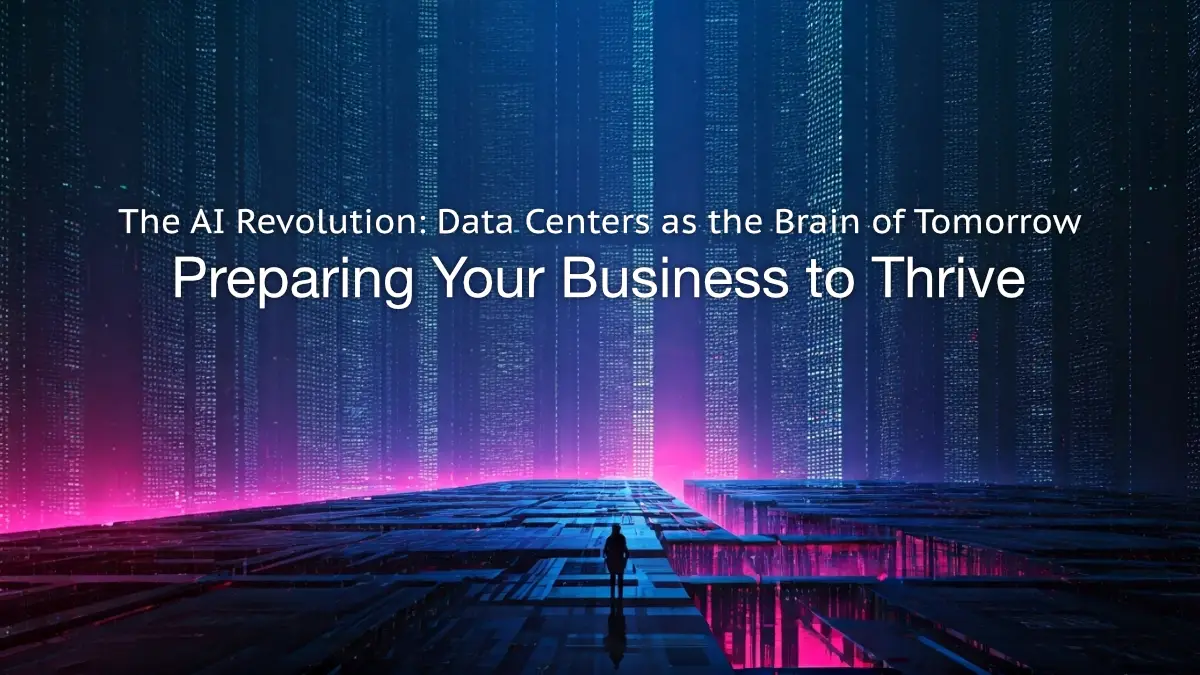Skyrocketing Lead Generation with Social Media in 2025
In 2025, social media remains a goldmine for small business lead generation, with 5.24 billion users worldwide spending an average of 2 hours and 21 minutes daily on platforms like Instagram, LinkedIn, and TikTok (Smart Insights, 2025). Yet, many small business owners struggle to find time to harness this potential, often juggling multiple roles and limited resources. This article is your roadmap to generating sustainable leads through social media, tailored for busy entrepreneurs and managers. You’ll learn practical, time-efficient strategies to boost your digital marketing efforts, real-world examples of businesses that nailed it, and whether hiring a qualified agency could be your game-changer. Let’s dive into actionable steps to turn likes, shares, and follows into loyal customers.
1. Understand Your Audience and Pick the Right Platforms
To generate leads, you must know who you’re targeting and where they hang out. In 2025, audience segmentation is key. For example, if you run a local bakery, your audience might be millennials on Instagram or families on Facebook. A B2B service provider? LinkedIn is your go-to for connecting with decision-makers. According to Hootsuite (2025), organizations that test proactive engagements see 1.6x higher engagement rates.
Actionable Steps:
Research your ideal customer’s demographics (age, location, interests) using tools like Google Analytics or social media insights. Dedicate 30 minutes weekly to review these insights for time efficiency.
Choose platforms based on your audience. Instagram and TikTok excel for visual storytelling; LinkedIn shines for professional services.
Avoid spreading yourself thin. Focus on mastering one platform before expanding.
Conduct audience surveys or polls on your current platforms to refine targeting, saving time by letting data guide decisions.
Use platform-specific analytics to identify peak activity times, scheduling posts accordingly to maximize reach without constant monitoring.
Case Study: Sarah’s Craft Studio, a small Etsy shop, doubled its leads by focusing on Instagram Reels showcasing DIY craft tutorials. By targeting young creatives with short, engaging videos, Sarah saw a 40% increase in website traffic within three months.
2. Create Compelling Content That Converts
Content is the heart of social media lead generation. In 2025, users crave authenticity and value. Forget generic posts; share content that solves problems or sparks curiosity. For instance, a fitness coach could post quick workout tips, while a consultancy might share industry insights. Engagement improves by 28% when customers see both user-generated content and official brand content (Inbeat, 2025).
Actionable Steps:
Develop a content calendar to plan posts weekly, saving time and ensuring consistency. Batch-create content in one session monthly to free up daily hours.
Use a mix of formats: videos (short-form like Reels or TikToks), carousels, and stories. Videos generate 1200% more shares than text and images combined (RBOA, 2025).
Include clear calls-to-action (CTAs) like “Download our free guide” or “Book a consultation” to guide followers toward becoming leads.
Leverage user-generated content by encouraging customers to share their experiences, repurposing it to build trust without creating everything from scratch.
Incorporate trending audio or challenges on platforms like TikTok to boost visibility organically, reducing reliance on paid promotion.
Example: A local coffee shop posted a behind-the-scenes video of their barista training, ending with a CTA offering a free coffee for new email subscribers. This campaign generated 200 new leads in a week.
3. Leverage Paid Ads for Precision Targeting
Organic reach is declining, with algorithms favoring paid content. In 2025, social media ads are affordable and effective for small businesses. Platforms like Meta and LinkedIn offer advanced targeting, letting you reach specific demographics, interests, or even lookalike audiences based on your current customers. The average return on investment from social media advertising is $5.20 for every dollar spent (HubSpot via Medianug, 2025).
Actionable Steps:
Start with a small budget ($50-$100/month) to test ad performance, focusing on high-intent audiences to minimize waste.
Use A/B testing to try different ad copy, images, or audiences. For example, test “Get 10% off your first order” vs. “Join our VIP list for exclusive deals.”
Track results using platform analytics or tools like Google Tag Manager to measure conversions.
Integrate ads with your CRM to automatically nurture leads, saving time on manual follow-ups.
Retarget website visitors who didn’t convert, using dynamic ads to remind them of viewed products.
4. Engage Actively to Build Trust
Engagement turns followers into leads. Responding to comments, messages, and reviews shows you value your audience. In 2025, nearly three-quarters of consumers expect a response within 24 hours or sooner (Sprout Social, 2025). Active engagement builds trust, which is critical for small businesses competing with bigger players.
Actionable Steps:
Set aside 15-30 minutes daily to respond to comments and DMs, or use automation tools for initial replies to save time.
Host Q&A sessions or polls in Instagram Stories or LinkedIn Live to interact directly.
Use user-generated content (e.g., reposting customer reviews) to build credibility.
Monitor mentions with tools like Google Alerts or platform notifications to address feedback promptly.
Create a response template library for common queries, ensuring quick, consistent replies without starting from scratch each time.
5. Measure and Optimize Your Efforts
Tracking performance is essential to refine strategies and ensure time efficiency. Without measurement, efforts can waste precious hours. In 2025, data-driven content marketing can boost engagement and conversions significantly (HubXpert, 2025).
Actionable Steps:
Define key performance indicators (KPIs) like engagement rate, click-through rate, and conversion rate at the start.
Use built-in analytics or tools like Google Analytics to review performance weekly.
Conduct A/B tests on content and ads, analyzing what drives the most leads.
Adjust strategies based on insights, such as shifting focus to high-performing platforms.
6. Consider Hiring a Qualified Agency
Time is a small business owner’s biggest constraint. If social media feels overwhelming, a qualified digital marketing agency can handle strategy, content creation, and ad management. Agencies bring expertise in trends, analytics, and optimization, saving you hours while maximizing results. Businesses outsourcing lead generation see up to 3x improvement in conversion rates (RemoteReps, 2025). This is crucial because effective social media lead generation matters significantly for growth.
Actionable Steps:
Research agencies with proven results in your industry. Check reviews on Clutch or Upwork.
Start with a small project (e.g., a one-month ad campaign) to test their fit.
Ensure clear communication about goals, budget, and deliverables.
Schedule regular check-ins to review progress and align on adjustments.
Case Study: Green Thumb Landscaping, a small business, hired a local agency to manage its Facebook and Instagram campaigns. The agency’s targeted ads and weekly posts led to a 50% increase in inquiries over six months, allowing the owner to focus on operations.
Side notes: Top Social Media Platforms for Lead Generation in 2025
Instagram: Ideal for visual businesses (retail, food, beauty). Use Reels and Stories for engagement. Best for ages 18-34.
LinkedIn: Perfect for B2B and professional services. Share thought leadership content. Targets professionals 25-54.
TikTok: Great for creative, youth-focused brands. Short videos drive viral reach. Best for ages 16-24.
Facebook: Versatile for local businesses and older audiences (35+). Use groups and ads for community building (Sprout Social, 2025).
Conclusion
Social media is a powerful tool for small business lead generation in 2025, offering cost-effective ways to reach and convert customers. By understanding your audience, creating valuable content, leveraging ads, engaging actively, measuring performance, and considering professional help, you can build a sustainable lead pipeline. These strategies address time constraints by incorporating batching, automation, and outsourcing where needed—hiring a qualified agency is a serious step worth taking for amplified results. Start small: pick one platform, post consistently, and track results. If time is tight, a qualified digital marketing agency can amplify your efforts, letting you focus on running your business. Take the first step today—create one engaging post or test a small ad campaign. Share this article with colleagues or subscribe to our Business Unlocked updates for more strategies to fuel success. Your next customer is just a click away—make 2025 the year your business thrives!






